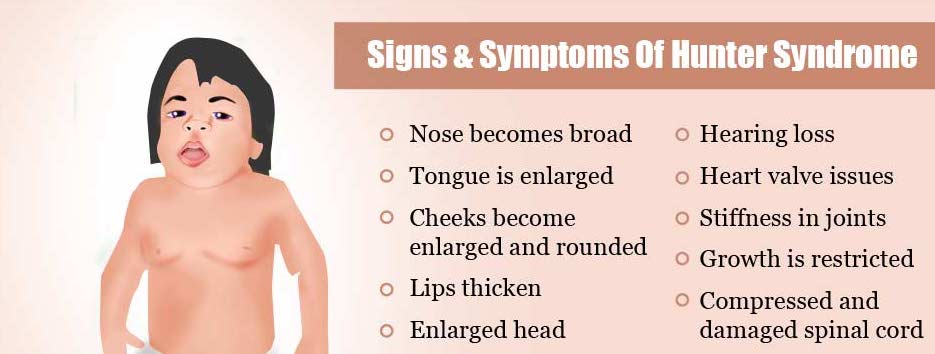Sandbox GGC7
From Proteopedia
(Difference between revisions)
| Line 7: | Line 7: | ||
== Relevance == | == Relevance == | ||
| - | Mutations in Iduronate 2-sulfatase on the Xq28 chromosome can lead to Mucopolsaccharidosis 2 (MPS2), more commonly known as Hunter syndrome.[1] MPS2 is an X-linked lysosomal storage disease.[1] Due to the loss of IDS activity, the disease is characterized by the intracellular accumulation of the glycosaminoglycans heparan sulfate and dermatan sulfate, which are then excreted in urine.[1] Scientists have identified over 500 mutations on the Xq28 chromosome that include rearrangements, insertions/deletions, splicing defects and nonsense point mutations.[2] It is rare to find adults with Hunter syndrome as the average life expectancy for those with MPS2 is 15 years of age.[1] Most children diagnosed with MPS2 have somatic abnormalities including skeletal deformities, hepatosplenomegaly, and progressive cardiopulmonary deterioration.[1] Neurological damage is also prevalent beginning with what seems to be a developmental delay and hyperactivity, but progresses to mental retardation and dementia.[1] Death from MPS2 is typically due to obstructive airway disease or cardiac failure.[1] | + | Mutations in Iduronate 2-sulfatase on the Xq28 chromosome can lead to Mucopolsaccharidosis 2 (MPS2), more commonly known as Hunter syndrome.[1] MPS2 is an X-linked lysosomal storage disease.[1] Due to the loss of IDS activity, the disease is characterized by the intracellular accumulation of the glycosaminoglycans heparan sulfate and dermatan sulfate, which are then excreted in urine.[1] Scientists have identified over 500 mutations on the Xq28 chromosome that include rearrangements, insertions/deletions, splicing defects and nonsense point mutations.[2] It is rare to find adults with severe Hunter syndrome as the average life expectancy for those with MPS2 is 15 years of age.[1] Most children diagnosed with MPS2 have somatic abnormalities including skeletal deformities, hepatosplenomegaly, and progressive cardiopulmonary deterioration.[1] Neurological damage is also prevalent beginning with what seems to be a developmental delay and hyperactivity, but progresses to mental retardation and dementia.[1] Death from MPS2 is typically due to obstructive airway disease or cardiac failure.[1] A treatment for patients with mild Hunter syndrome is enzyme replacement therapy, which involves the recombinant human IDS.[2] |
[[Image:Signs-and-symptoms-of-hunter-syndrome.jpg]] | [[Image:Signs-and-symptoms-of-hunter-syndrome.jpg]] | ||
== Structural highlights == | == Structural highlights == | ||
Revision as of 07:04, 28 April 2021
Iduronate 2-sulfatase
| |||||||||||

